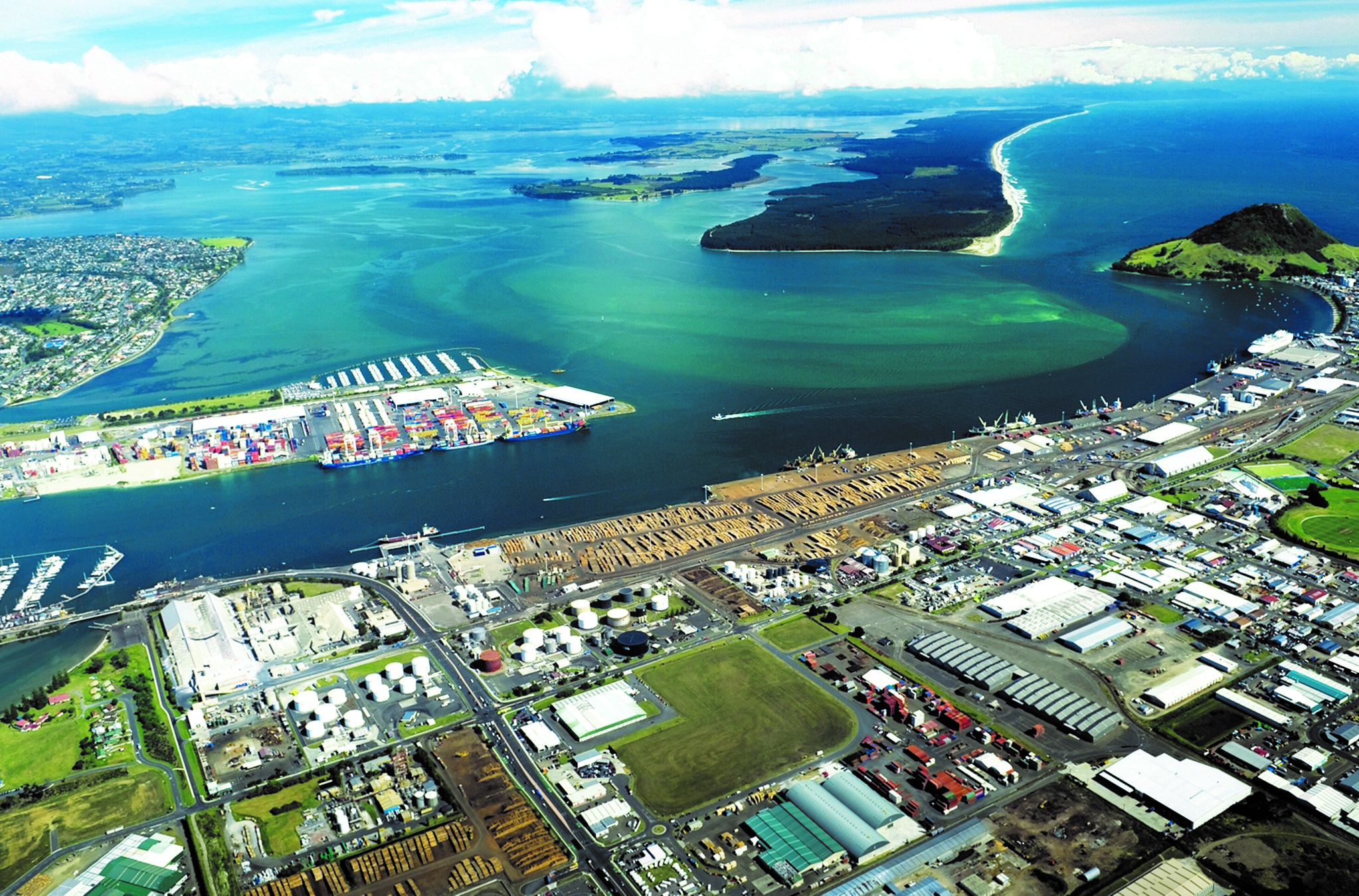GoGroup’s Murray Painter sums up the past, current and future state of New Zealand’s freight and shipping sector, as it struggles to cope with the global pandemic.
During 2020 we have certainly been hearing the word ‘unprecedented’ on countless occasions.
This, however, is also the best word to describe the logistics and international freight events that have occurred in this year of Covid-19.
From the time that the pandemic really bit, until August 2020, shipping lines experienced the lowest demand for both capacity and containers for a very long period.
This meant that vessels were ‘marking time’ in world hub ports awaiting cargo demand and containers were stockpiling in most locations for the same reason.
But since August shipping lines have received unprecedented demand for capacity and for containers – to such a degree that they have been unable to cope.
This wild fluctuation in supply and demand has really caught most lines on the hop. They were anticipating a longer term of decreased demand and simply did not have a plan in place for the upswing.
Ports in the US, Asia and Europe have become significantly congested with the rise in demand and, closer to home, Australian and New Zealand ports have now joined that list.
Whilst this is not unusual for Australia, in particular Sydney which is also currently subject to waterfront action, it is unusual for Auckland.
In New Zealand we expect to deliver or pick up our freight or containers in a weekly cycle and delays of hours are unusual, let alone days.
At the time of writing this in early November 2020, Auckland is experiencing a six to nine day berthing wait for vessels arriving to both discharge and load. This, compared to vessel turnaround within 24 hours or less, is extraordinary.
So, what has this meant for traders?
Firstly, there has been a lack of services, with some lines ceasing routes to and from New Zealand and others reducing sailings.
Secondly, it has meant the introduction of Auckland port congestion surcharges in the vicinity of US$300 per TEU (20-foot container) and US$600 per 40-foot container.
How did we get to this?
Obviously Covid-19 meant that there were delays for overseas suppliers in delivering cargo for export in the initial and lockdown stages. Whilst essential services were given priority (and shipping and logistics are an essential service), factories not producing items considered essentials were shut either temporarily or part time.
As we are aware the larger economies in Europe, the US and the UK did not respond with the “go hard, go early” policy adopted here, meaning economies were slowed rather than being in almost total lockdown. This meant that after initial slowdown, business here have returned to producing and delivering goods to almost business as usual. Add to that the catch up of orders that they initially could not produce, and it creates a spike in demand for shipping capacity.
Because airlines are not flying to the pre-Covid schedules freight capacity has been restricted and much of the reduced capacity has been reserved for essentials like PPE, drugs, and food.
New Zealand, during the export season (December – May) was able to move food products by sea without too much effect and, in fact, some horticultural product had a bumper export season without sizeable delays.
Air New Zealand and the Government, together with the freight forwarding community was able to use some of the grounded air fleet to move airfreight orders of product that could stand the higher freight rates.
The immediate future is, however, not so rosy.
With the lack of services and capacity coming to New Zealand from September there will no doubt be a shortage of both containers and capacity going forward.
This season’s airfreight crops moving from December will be hard pressed to find space on aircraft as they are reliant on capacity in the belly of passenger aircraft.
Importers will find that there are substantial delays in bringing their products here, and in fact, retailers are already facing shortages and fearful of not meeting Christmas orders.
Auckland port, with the delays it is currently experiencing, has also been rocked with a recent death on the port, testing of workers for Covid and, at the time of writing, a software breakdown in cargo automation systems.
Hopefully, lines that are able will use Tauranga in the interim to help Auckland return to quicker berthing schedules and not continue to cut or remove New Zealand services.
Exporters would be wise to spend substantial time in planning their logistics forecasts and locking space down now for as far into the future as they can manage. They would also need to bear in mind the ‘use or pay’ mentality that is becoming more prevalent in sea bookings and the upswing in rates and spot market pricing.
Hopefully 2021 will not be the impending crisis we are all predicting and the very smart logistics providers in our supply chain will work much-needed miracles.
Murray Painter is CEO of international trade specialists GoGroup. Email: [email protected] or visit www.gogroup.co.nz




